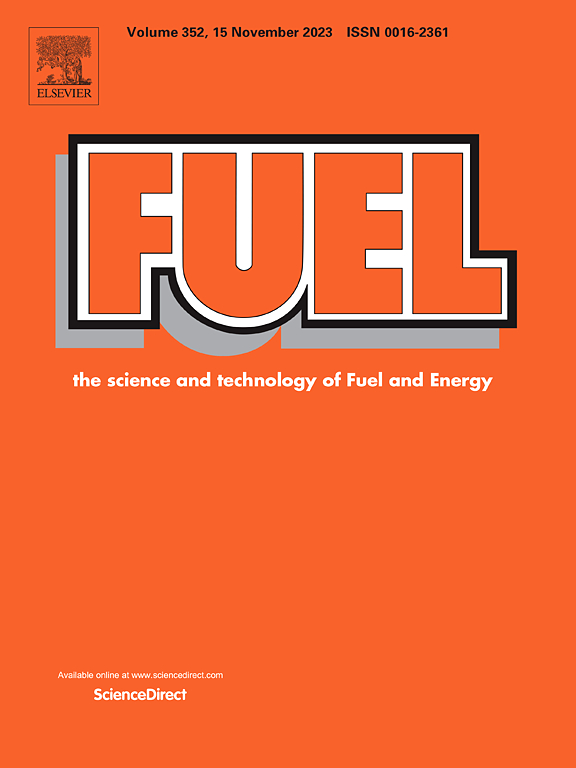Hydrothermal liquefaction biocrude from agricultural wastes: Stability assessment and refinery integration
IF 6.7
1区 工程技术
Q2 ENERGY & FUELS
引用次数: 0
Abstract
This study investigated the storage stability and miscibility of biocrude derived from the hydrothermal liquefaction of wheat straw, before and after its upgrading via catalytic hydrotreatment, towards its refinery integration. The storage stability was assessed via a dedicated 6-month study under various conditions. Raw and hydrotreated biocrude were analyzed monthly to observe potential degradation in their properties during storage. They were also tested for miscibility with some potentially compatible petroleum intermediate refinery streams, while the stability of the interfacial tension and the dissolution characteristics were examined through various experimental tests. The findings demonstrate that biocrude exhibits almost no degradation when acidity, water content, and density are measured, even after six months of exposure to ambient conditions. However, only a small part of the biocrude was diluted with all tested petroleum fractions (light gas oil, light vacuum gas oil, and light cycle oil) and is considered incompatible. On the other hand, the hydrotreated biocrude exhibits no alteration in its properties over time suggesting its stability with time. Furthermore, hydrotreated biocrude shows complete solubility in all petroleum fractions without phase separation or turbidity. These results highlight the stability assessment of the biocrude derived from the hydrothermal liquefaction rendering it a valuable intermediate product towards its refinery integration.

求助全文
约1分钟内获得全文
求助全文
来源期刊

Fuel
工程技术-工程:化工
CiteScore
12.80
自引率
20.30%
发文量
3506
审稿时长
64 days
期刊介绍:
The exploration of energy sources remains a critical matter of study. For the past nine decades, fuel has consistently held the forefront in primary research efforts within the field of energy science. This area of investigation encompasses a wide range of subjects, with a particular emphasis on emerging concerns like environmental factors and pollution.
 求助内容:
求助内容: 应助结果提醒方式:
应助结果提醒方式:


